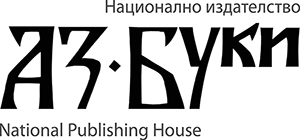Mykola Pantiuk,
Tetiana Pantiuk
Ivan Franko State Pedagogical University of Drohobych (Ukraine)
Nataliia Bakhmat
Kamianets-Podilskyi Ivan Ohiienko National University (Ukraine)
Olena Nevmerzhytska,
Svitlana Ivakh
Ivan Franko State Pedagogical University of Drohobych (Ukraine)
https://doi.org/10.53656/ped2025-4.02
Abstract. The article presents the results of an empirical study aimed at identifying the problems of higher education in Ukraine amid the current realities of military aggression by the Russian Federation and outlining prospects for its development in crisis conditions. It was found that the war has become a challenging ordeal for the student youth, negatively affecting their psychological, moral, and mental health, disrupting personal plans, and hindering professional development. The study identified the most significant military and social threats to the development of domestic higher education, according to the students. These include the decline in the level of education and quality of life for Ukrainians, the reduction in the intellectual level of students – attributed to the disruption of systematic learning and the predominance of online learning formats – as well as daily stress situations caused by military actions. The article emphasizes the optimistic outlook of the student youth regarding the future of Ukrainian higher education. This optimism is reflected in their clear awareness of the necessary changes, understanding of their essence, appropriate determination of educational development priorities, and aspiration for personal and professional fulfillment. Ultimately, this is expected to lead to the improvement of the educational space, European integration, and a successful exit from the crisis, despite military and social threats.
Keywords: higher education in Ukraine; teacher training; military and social threats; student youth


